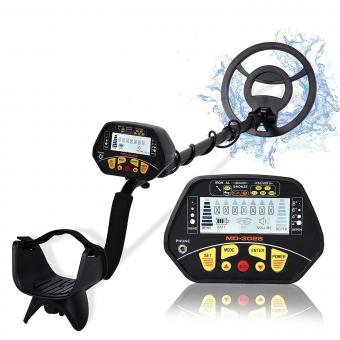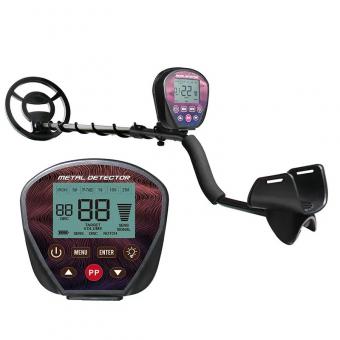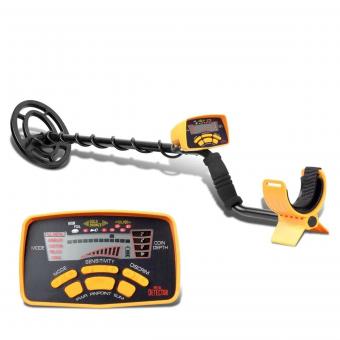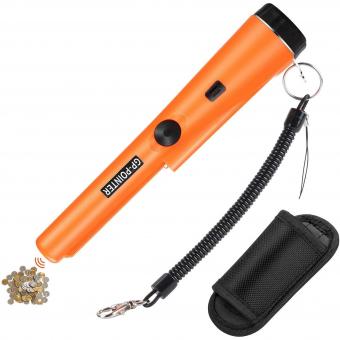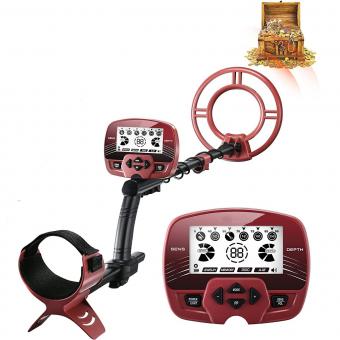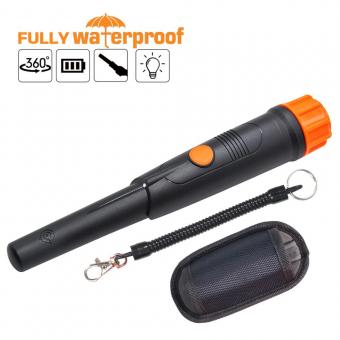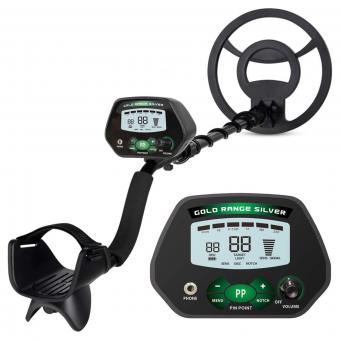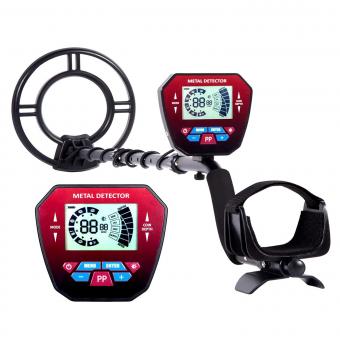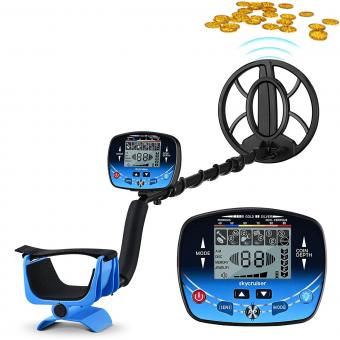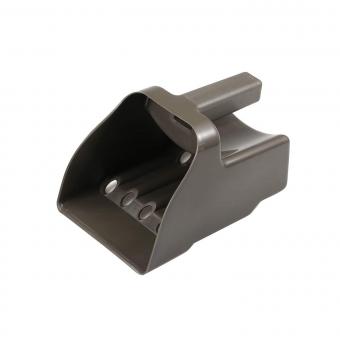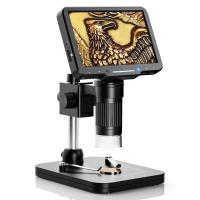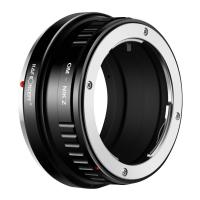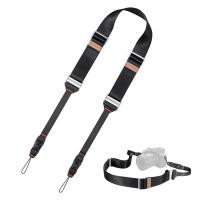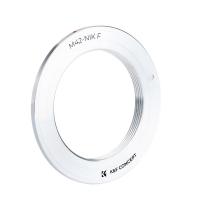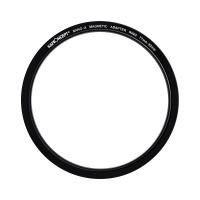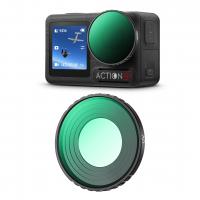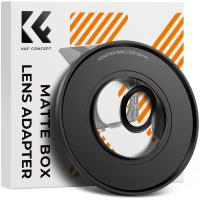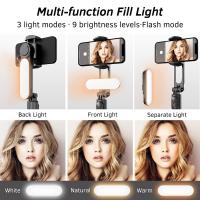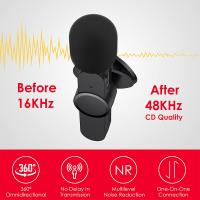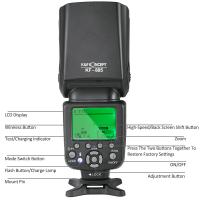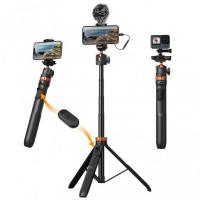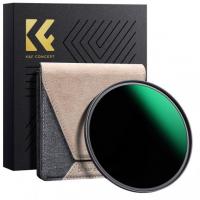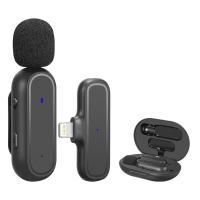How Gold Metal Detector Works?
Gold metal detectors are specialized devices used to locate gold and other precious metals underground. They operate using advanced technology to identify different types of metal based on their conductive properties. The working mechanism of these detectors is fascinating and can be broken down into various components and principles.
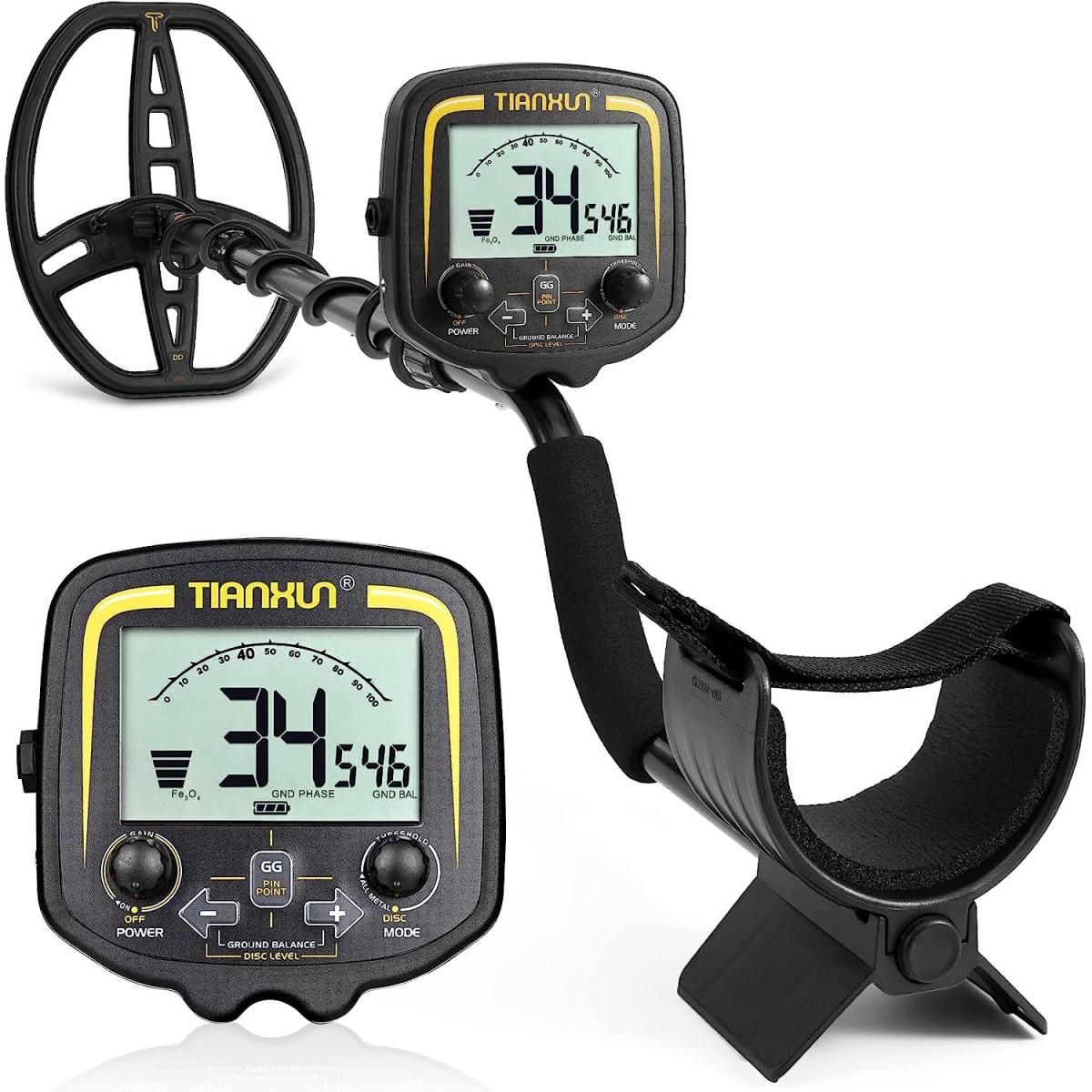
Principles of Operation
At the core of a gold metal detector is a set of components that work together to detect the presence of metal. The most common principles employed include:
1. Electromagnetic Induction: This is the principle that most modern detectors work on. The detector sends out a magnetic field, thanks to a coil in the device. When this magnetic field encounters a metallic object, it induces a current within the metal. This current produces a secondary magnetic field, which is picked up by the receiver coil in the detector.
2. Pulse Induction (PI): This technique involves sending fast pulses of current through a coil. These pulses generate short magnetic fields. When the magnetic field encounters metal, it generates a pulse that the detector can pick up and amplify. PI detectors are less affected by ground mineralization, making them suitable for gold prospecting.
3. Beat-Frequency Oscillation (BFO): This is an older, less common method. BFO detectors use two oscillators that generate radio frequencies. One oscillator is affected by the presence of metal. The interaction between the two frequencies changes when metal is nearby, producing a signal that can be heard as a tone in the detector’s speaker.
Components of a Gold Metal Detector
1. Control Box: This is the brain of the detector. It houses the circuitry, controls, speaker, batteries, and sometimes even a microprocessor.
2. Search Coil: Often referred to as the “loop,” this is a round or elliptical coil of wire that transmits and receives the electromagnetic fields. The shape and size of the coil can affect the depth and sensitivity of the detector.
3. Shaft: The shaft connects the search coil to the control box. It’s usually adjustable to suit the height of the user.
4. Stabilizer: This helps keep the detector steady as you sweep it over the ground.
How to Use a Gold Metal Detector
Using a gold metal detector effectively involves several important steps:
1. Assembly: Most detectors come in several pieces that need to be assembled. Typically, this involves attaching the search coil to the shaft and connecting the shaft to the control box.
2. Calibration: Proper calibration is crucial. This could involve setting the sensitivity and discrimination modes to ensure that the detector can distinguish between different types of metal and to reduce interference from ground mineralization.
3. Scanning: Move the detector in a sweeping motion from side to side, keeping the coil close to the ground but not touching it. Maintain a steady pace to maximize coverage and ensure you don’t miss any areas.
4. Signal Interpretation: Learning to interpret the signals is essential. Different metals and depths produce different tones and signals. Most advanced detectors come with screens that display information to help you identify the type of metal detected.
Factors Affecting Performance
Several factors can impact the performance of a gold metal detector:
1. Ground Mineralization: High levels of minerals in the ground can interfere with the detector’s operation. Advanced models can compensate for this with ground balancing features.
2. Coil Size and Type: Larger coils can detect metal objects at greater depths but are less sensitive to smaller objects. Conversely, smaller coils are more sensitive to small objects but can’t detect them as deeply.
3. Sensitivity Settings: Higher sensitivity increases the detector’s ability to find small and deep objects, but it can also increase the likelihood of detecting unwanted metals or experiencing interference.
4. Discrimination Settings: Setting the discrimination mode allows the detector to ignore certain types of metal, helping you focus on finding gold.
Real-World Applications
Gold metal detectors aren't just for hobbyists; they have several practical applications. Here are a few:
1. Prospecting: Many recreational prospectors use metal detectors to find gold nuggets. It’s a popular activity in areas known for gold deposits.
2. Archaeology: Metal detectors can help archaeologists locate ancient artifacts made of metal, including gold.
3. Recycling: Some professionals use metal detectors to locate gold in electronic waste, which can then be recycled.
4. Mining: In mining operations, metal detectors can be used to assist in locating veins of gold within ores.
Maintenance and Care
Proper maintenance can extend the lifespan of your gold metal detector and ensure its continued performance:
1. Clean the Detector: After each use, especially in harsh environments, clean the search coil and other parts of the detector to remove dirt and debris.
2. Store Properly: Store your detector in a cool, dry place to prevent damage to the electronic components.
3. Check Batteries: Always ensure that the batteries are in good condition and replace them when necessary. Weak batteries can reduce the detector’s sensitivity and accuracy.
4. Regular Calibration: Periodically recalibrate your detector according to the manufacturer’s instructions to maintain its accuracy.
Advances in Gold Metal Detector Technology
The technology behind gold metal detectors continues to evolve, incorporating new features and improving existing ones:
1. Multi-Frequency Detectors: These can operate on multiple frequencies simultaneously, offering better depth and discrimination capabilities.
2. Wireless Technology: Some models now come with wireless headphones and coils, reducing the clutter of wires and making the detectors easier to use.
3. GPS Integration: Advanced detectors may include GPS features to help users track their search areas and mark locations of finds.
4. Smart Detectors: Integration with smartphones and software can offer advanced analytics, tracking, and sharing of data.
Understanding how gold metal detectors work can greatly enhance your ability to use them effectively. By appreciating the underlying principles, recognizing key components, and following best practices for usage and maintenance, you can maximize the chances of a successful search. Whether you are a hobbyist looking for a weekend adventure or a professional in the field of archaeology or mining, mastering the use of a gold metal detector opens up a world of discovery and potential profit. The ongoing advancements in technology will only continue to make these devices more efficient and user-friendly, ensuring that they remain indispensable tools in the quest for gold.

